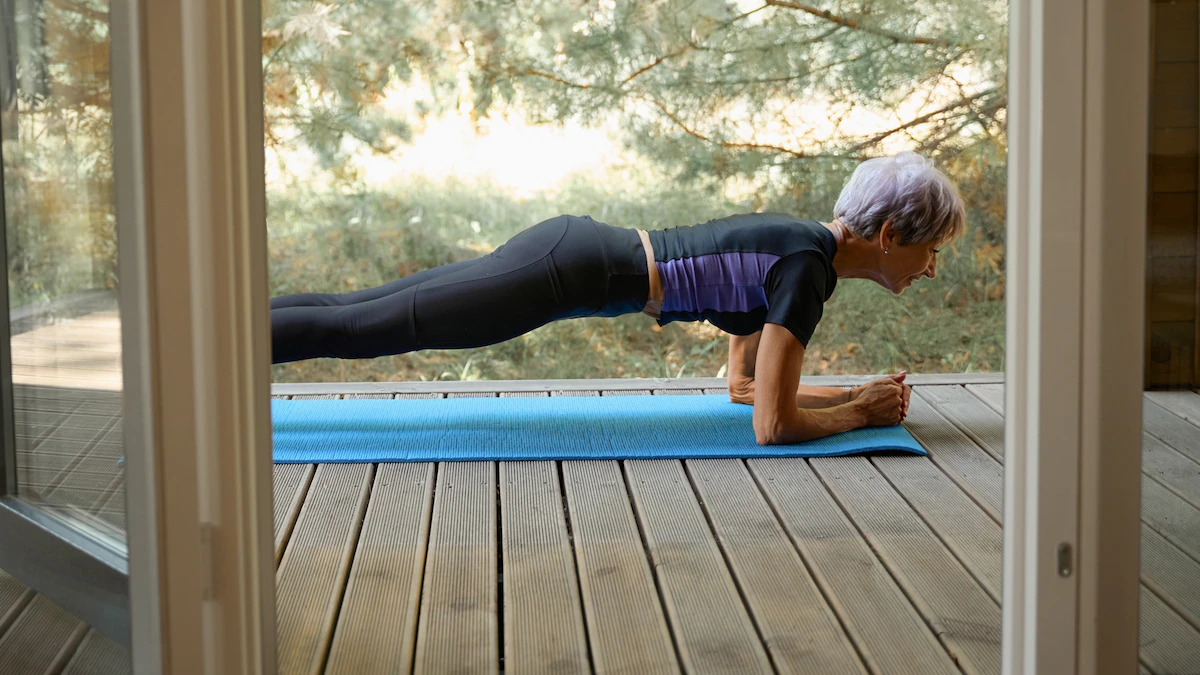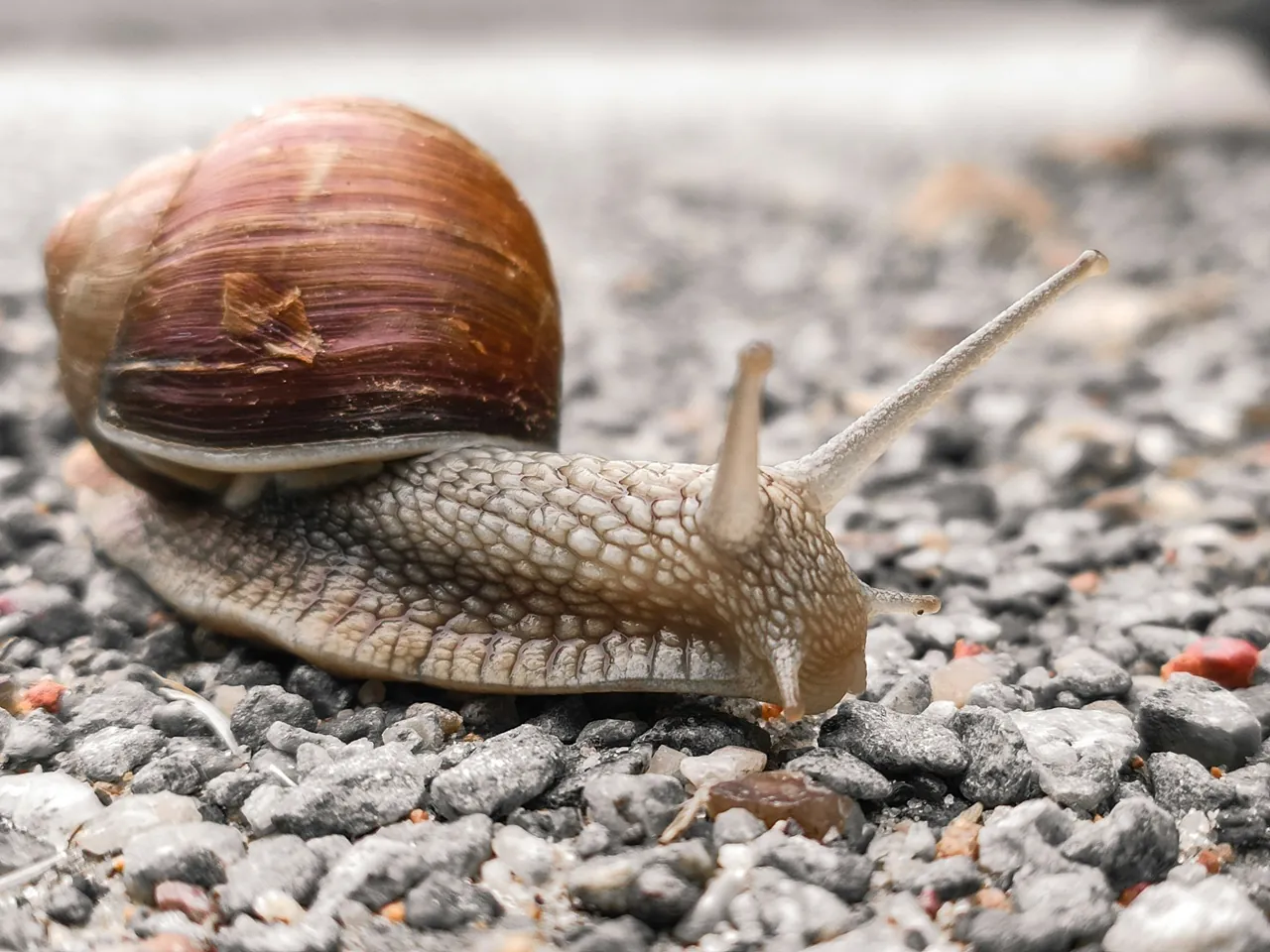Copyright National Geographic

“Six-pack” abs might look like a sign of fitness, but they reveal surprisingly little about your health. The true secret to healthy aging lies not in visible abdominal muscles, but in the intricate network of muscles that make up your core. These deeper core muscles stabilize your spine, protect your back, and power almost every movement you make. Yet training with standard moves like crunches for the sake of visible abs can do more harm than good, says Ben Yamuder, an exercise physiologist at the Hospital for Special Surgery in New York City. “When training in that manner, you isolate a very small proportion of muscles in the core,” Yamuder says. He adds there are 35 muscles in your abdomen, and the rectus abdominis—the muscle that runs down the front of the abdomen, commonly referred to as your “six-pack”—only consists of two of them. Understanding what the rest of those muscles do—and how to strengthen them—could be one of the most effective ways to stay strong, balanced, and pain-free as you age. Here’s what you need to know. The muscles that make up your core—and how they work To understand why the core is so vital, it helps to look at how it works. “The core is a complex system of muscles that stabilizes and moves both the spine and the pelvis,” says Tom Holland, CEO and founder of TeamHolland LLC, a fitness consulting company. “These muscles work together to support the spine, manage intra-abdominal pressure [pressure inside your stomach that’s caused by the organs and fluids within it], and create a stable base for movement.” The muscles that make up your core can be grouped into six regions, according to Yamuder. At the front lies the rectus abdominis, two vertical muscles separated by a band of connective tissue. They flex the trunk during moves like crunches and sit-ups—and form the familiar six-pack. Beneath them, the transverse abdominis wraps around the torso like an internal corset. It is the primary muscle that supports your spine and keeps it in place. When you pull your belly button in, you’re contracting this muscle, Yamuder says. Exclusive Holiday Gift Bundle Gift a subscription to wonder At the base of this system is the pelvic floor, a group of muscles that support regular urinary function and sexual health. Along the sides, the internal and external obliques control rotation and side-bending, allowing the torso to twist, reach, and stabilize. Even breathing depends on your core. The diaphragm, a dome-shaped muscle beneath the lungs, expands and contracts with each breath, creating pressure that stabilizes the spine. (This one muscle could be the key to fixing your back pain.) Along the back, the erector spinae runs along both sides of your spine, helping you to stand tall and bend forward without strain. It’s crucial in stabilizing your spine. When these muscles weaken, back pain often follows. Together, this network of muscles connects breath, posture, and strength—providing the foundation for nearly every movement your body makes. How core strength supports longevity Every movement you make—from carrying groceries to holding back an excited dog—calls on some part of your core. “The scenarios are endless,” says Yamuder. “But there is one common theme: your core is engaged and working to keep you safe. If you only train your six-pack muscles or don’t exercise at all, you will be unprepared for these daily occurrences as you age,” he says. Core strength is part of overall muscular fitness, which research consistently links to a longer, healthier life. A 2015 review in the European Journal of Internal Medicine found that as muscular strength increases, the risk of death decreases. Not to mention, having a strong core prevents fall risk, reduces debilitating back pain, and improves posture, Yamuder says. (Could learning to fall help you live longer?) “If you have back pain, you’re much less likely to lead an active lifestyle, which over time, has its consequences on heart health and metabolic functions,” he says, including blood circulation, cell growth, digestion, and hormone regulation. Research links weak core musculature with increased incidence of low back pain, impaired mobility, and reduced quality of life in older adults, according to Holland. A 2021 review in the Orthopedic Research Online Journal found that older adults who performed daily core-strengthening exercises had better balance, greater independence, and improved quality of life compared to those who didn’t. Similarly, a 2017 study in the Journal of Orthopedic & Sports Physical Therapy found that aging adults with weaker core muscles—notably smaller erector spinae muscles with more fat tissue—were more likely to experience chronic back pain. The study also noted that muscle atrophy and increased intramuscular fat are known to occur with advancing age. So strengthening the core could prevent lower back pain into old age. Posture also plays a role. A 2013 study in the Journal of Gerontology: Medical Sciences linked poor spinal posture with a greater risk of losing independence in daily activities such as dressing or bathing. Strengthening the muscles that stabilize the spine can help prevent those declines. “It behooves you to keep a strong core so you can continue doing things that bring you joy and lead to a healthy lifestyle,” Yamuder says. How to build lifelong core strength Building core strength doesn’t require endless crunches or hours at the gym. In fact, experts say your core works best when you train it the way you use it—through everyday movement. “Activating the core while walking, sitting upright, or even brushing your teeth trains the system to fire reflexively, which is ultimately the goal,” says Holland. “Carrying uneven loads can also strengthen the core in more functional, real-world ways.” (Here’s how working long hours can cause lower back pain and other issues in the body.) One of the simplest ways to start is through diaphragmatic breathing, or deep belly breathing, says Yamuder, which strengthens the deep muscles that stabilize the spine, including the transverse abdominis and diaphragm. Here’s how:



